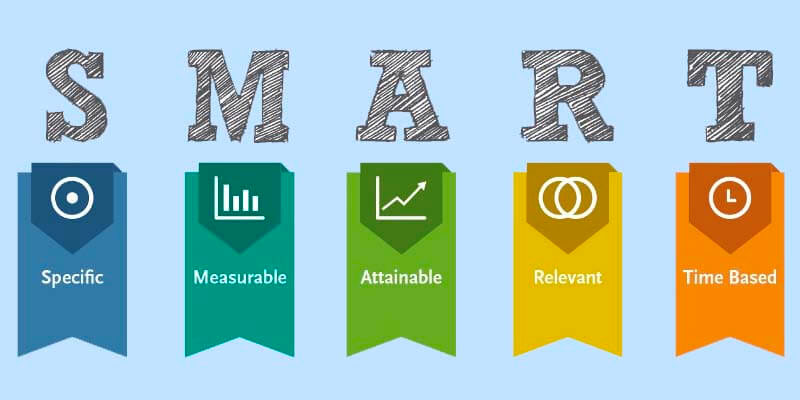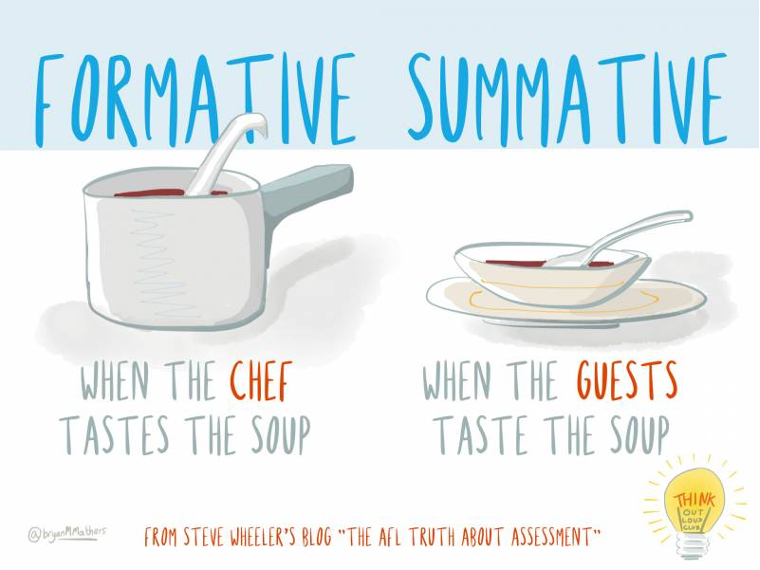The CEEE evaluation team conducts high-quality evaluation that delivers systematic information to enhance projects and document outcomes. We engage project teams in an iterative and reflective process that supports the refinement of project activities as needed to better meet the needs of their partners and audiences. Our work is guided by evaluation questions that are aligned with program outcomes.
The CEEE evaluation team has experience collaborating on large- and small-scale projects for a variety of groups and at all stages of a project, from needs assessment to summative evaluation. We support project teams in proposal writing, developing evaluation plans, integrating project goals and activities into logic models, creating evaluation budgets, and securing approval from the Institutional Review Board, if necessary.
CEEE evaluators bring multidisciplinary backgrounds in climate science, geology, environmental science, atmospheric science, cognitive psychology, and education to our work. Our experience and expertise include research design; survey development; qualitative, quantitative, and mixed methods studies; social network analysis; interview and focus group facilitation; website and social media analytics; website usability studies; eye-tracking studies; and program activity tracking. Our team aims to practice culturally responsive evaluation methods in all our work.







